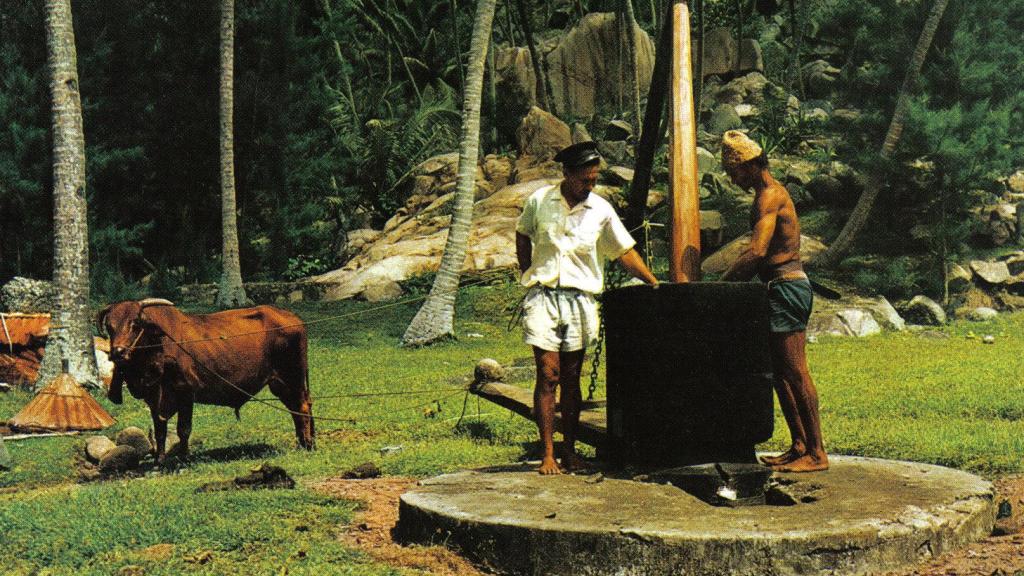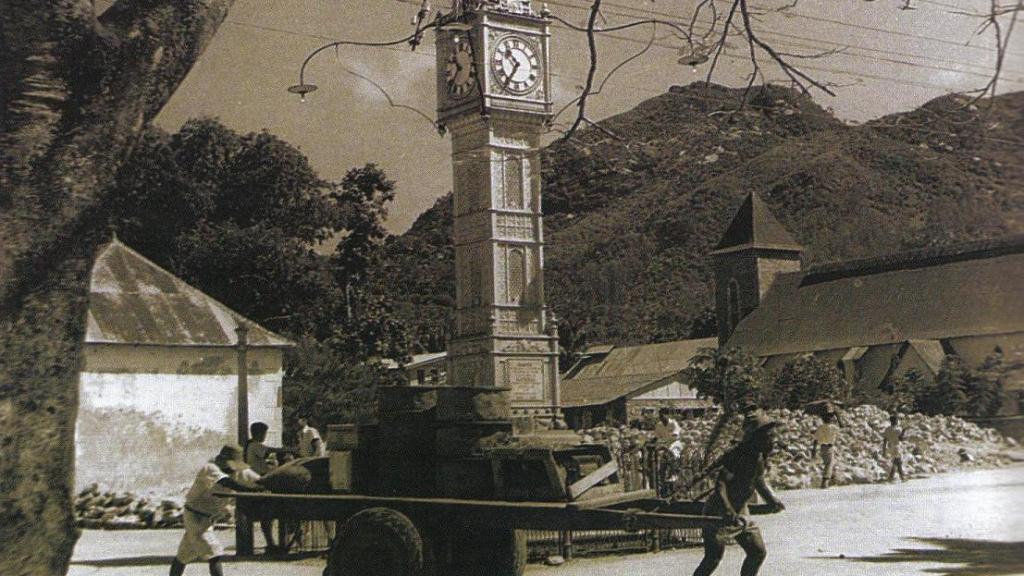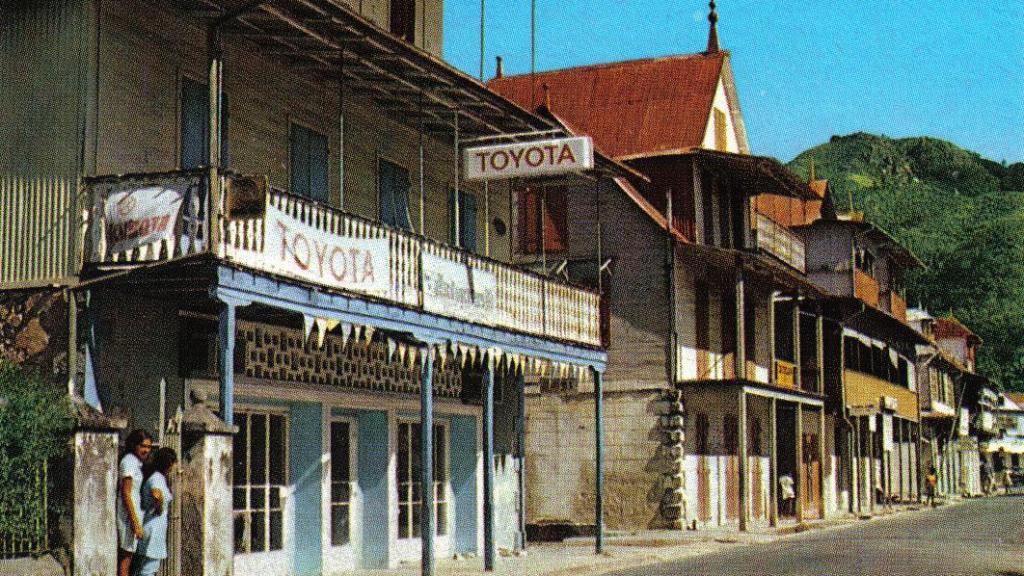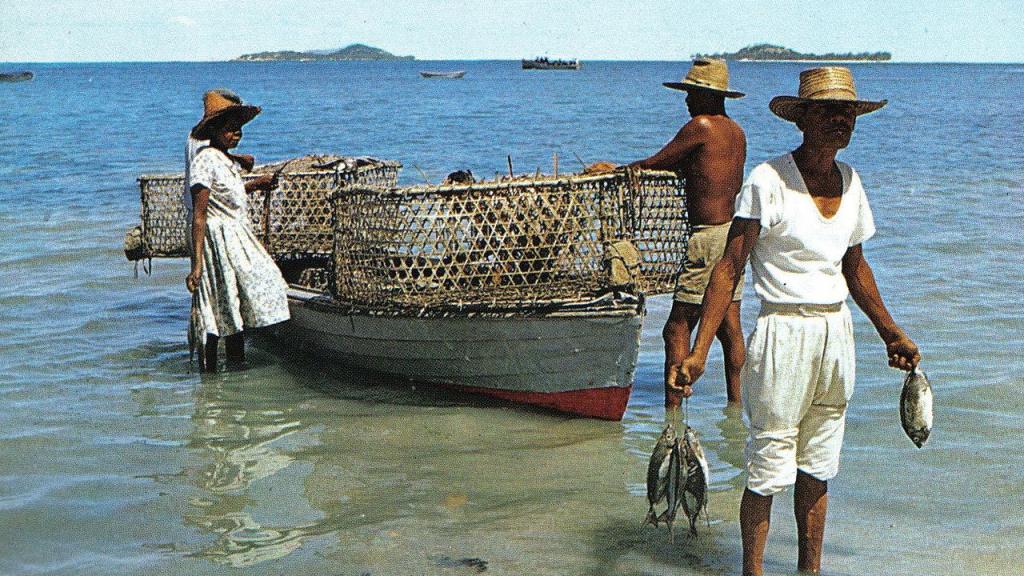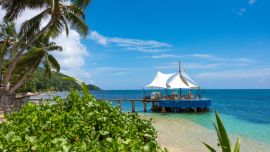History of the Seychelles
The Seychelles has a very short human history: the first humans settled on the islands only at the end of the 18th century; before then the entire archipelago was completely uninhabited. Having first become a French colony, then a British one, the Seychelles saw the arrival, along with the settlers, of numerous slaves from various parts of Africa. This mix of nationalities gave birth to a multicultural and multi-ethnic nation, which boasts an unspoiled ecosystem and an incredible variety of plant and animal species, thanks to its long isolation.
First sightings
Although the first settlement in the Seychelles dates back to 1770, the islands had already been sighted long before. It is thought that they were discovered in the 7th century by some Arab sailors, of whose visits vague evidence remains today. In 1502, Vasco da Gama sighted the archipelago and indicated it on his maps under the name of "Tres Irmãos", the three brothers. Today this name is used in French to indicate three iconic mountain peaks of Mahé (Trois Fréres). However, the first Europeans to set foot in the Seychelles were British: the British East India Company landed there in 1609, but did not settle there.
The arrival of the French
It was 140 years later that France turned its attention to the Seychelles, with the aim of finding a faster passage from Mauritius to India. The French administrator of Mauritius, Bertrand-François Mahé de La Bourdonnais, sent the explorer Lazare Picault to discover the archipelago. In 1742 Picault landed on the island which today bears the name of the administrator: Mahé.
When the French explorer Lazare Picault landed on today's Mahé in 1742, he was struck by its fertile and luxuriant appearance and called it Ile de l'Abondance. When he returned two years later to map it better, he renamed it Mahé in honour of Mahé de la Bourdonnais, his patron and administrator of Mauritius. Later Mahé took the name of Isle de Séchelles in honour of Viscount Jean Moreau de Séchelles, Minister of Finance during the reign of Louis XV. Later, this name (anglicised to Seychelles) became the name of the entire archipelago, while Mahé returned to be used for the main island.
The French decided to settled in the Seychelles both to take advantage of their strategic position in relation to India and to start growing spices in an attempt to compete with the Dutch spice trade. In 1770, 15 settlers, together with a dozen slaves, settled in the Seychelles. Subsequently, large quantities of slaves were brought from Mauritius (Creoles born of African and European parents), Madagascar, Mozambique and, to a lesser extent, India. In the first century of settlement, the Seychelles had few inhabitants, but very varied origins. This led to a strong mix of ethnic groups and determined the multi-ethnic and multicultural character of the population, which is still visible today.
The Seychelles remained part of France until 1814, when it passed to the British. It is still possible to observe strong French influences in the reality of the Seychelles, not only in surnames and geographical names, but also in the cuisine and language. In fact, French is one of the official languages of the country and represents the basis of Seychelles Creole. In music and traditional dances, however, the African imprint, given by the slaves of the time, is stronger.
The transition to the British
After the Napoleonic wars, with the Treaty of Paris (1814), the Seychelles were ceded to Great Britain, albeit with the usual French practices still in force. Having become British on paper, in practice the islands maintained the culture that had originated from the original slaves and settlers; the French language also remained dominant. Slavery still dealt with the cultivation of coconut palms, cotton, and spices.
When slavery was abolished throughout the British territories in 1835, several hundred freed African slaves arrived in the Seychelles and went to work on the remaining plantations in exchange for food rations and wages. They also helped to make the population of the Seychelles extremely diverse. Another factor that contributed to the multiculturalism of the Seychelles was the role that the islands played during British control as a place of exile for political prisoners. Over the years, the Seychelles saw prisoners arriving from places like Zanzibar, Egypt, Cyprus and Palestine, to name but a few.
The first elections in the Seychelles were held in 1948, after the Seychelles had been partially separated from the British Crown. At this time, stronger political awareness developed, which was reflected in the following years by the increasing formation of political parties - in 1967 the first completely independent Seychellois elections were held. The Seychelles remained with the British until 1976, when it became an independent republic within the Commonwealth.
The Seychelles today
Thanks to their history, the Seychelles are now a dream holiday destination, and a truly unique place in the world, not just thanks to their cultural and ethnic diversity, but also due to their enormous natural variety.
It is undeniable that the human settlement of the Seychelles has damaged the ecosystem of the islands; several animal species disappeared and part of the original vegetation was destroyed in favour of timber production and plantations (especially coconut and cinnamon). These once profitable industries have declined over the years, and the main sources of income in the Seychelles now are tourism and fishing.
Today, sustainable tourism and rigorous nature conservation and marine ecosystem conservation projects play an important role in Seychelles and ensure that this paradise is preserved.
Historical sights in the Seychelles
- Mission Lodge: This former school was built in the 19th century by the London Missionary Society to look after slave children who were abandoned on the island after the abolition of slavery. Today the Mission Lodge is one of the most famous viewpoints in the Seychelles.
- L'Union Estate Park: This nature reserve was once a vanilla and coconut plantation and houses a cemetery with gravestones of the first settlers, a traditional copra mill and the original plantation house. L'Union Estate Park is also a must for anyone who wants to see the most famous beach in the Seychelles - Anse Source d'Argent.
- Domaine de Val des Pres: The Domaine de Val des Pres is a small handicraft village which houses a plantation house built around 1870, the "Grann Kaz" and various Creole handicraft workshops.
- Bel Air Cemetery: Bel Air Cemetery was the first official burial place of French colonists and is therefore also the oldest historical site in the Seychelles.
- The Capital Victoria:The capital of the Seychelles not only houses famous monuments such as the Victoria Clock Tower, but is also home to the Seychelles Botanical Gardens, opened in 1901. Victoria reflects the Seychelles' varied history like no other place in the archipelago.
- Seychelles National Archives: The National Archives hold the historical treasures of the Seychelles: valuable government documents dating back to 1770, a large collection of photographs and other historical documents.
